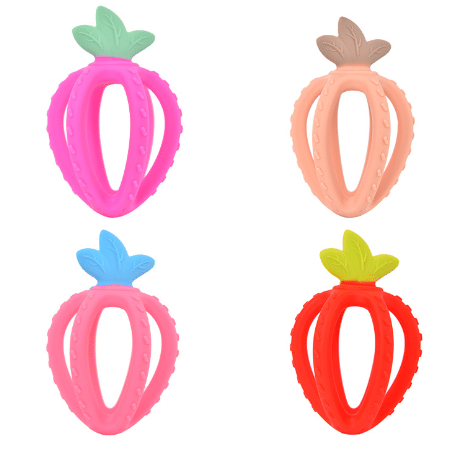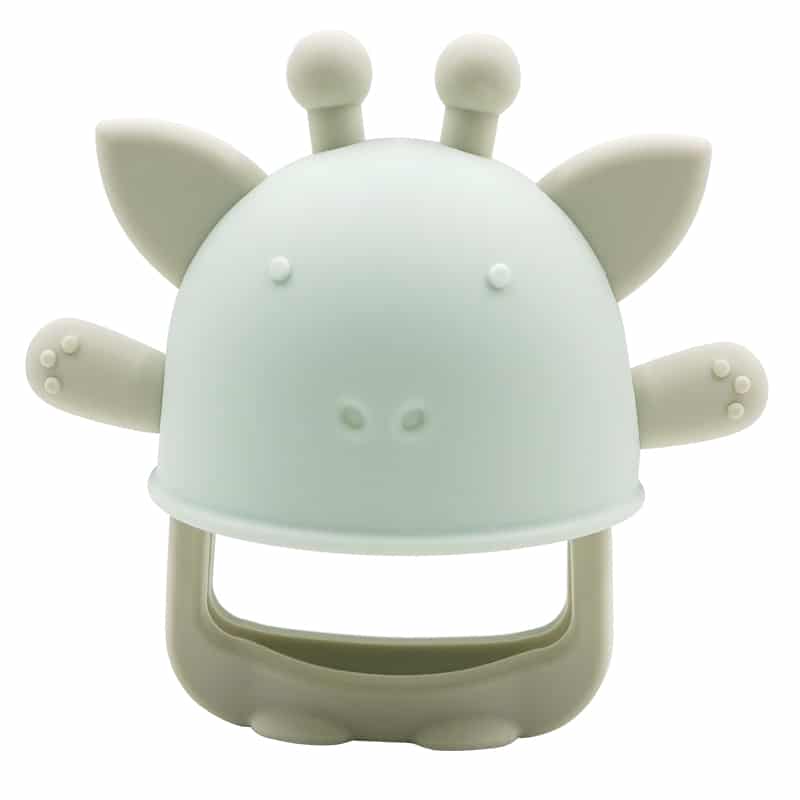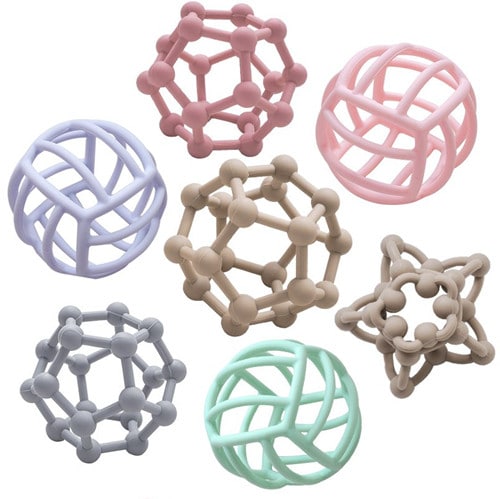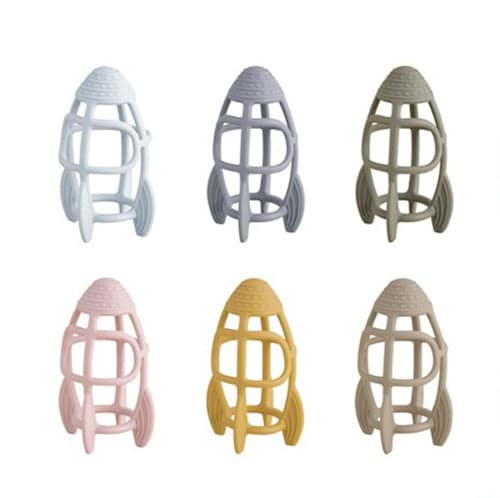Simple Cleaning Tips for Silicone Teether Balls
Silicone teether balls are a popular choice for soothing babies’ sore gums during the teething phase. To ensure their effectiveness and maintain hygiene, it is crucial to clean them regularly. This article provides simple cleaning tips to help you keep your silicone teether balls clean, safe, and free from germs.
Cleaning Needs of Silicone Teether Ball
Why is Cleaning Silicone Teether Balls Important?
Regular cleaning of silicone teether balls is essential for several reasons. Firstly, it helps remove dirt, saliva, and other residues that can accumulate on the surface. Secondly, cleaning eliminates bacteria and germs, ensuring a hygienic teething experience for your baby. Lastly, proper cleaning helps prolong the lifespan of the teether balls, allowing them to be used for an extended period.
Common Issues with Unclean Teether Balls
Failing to clean silicone teether balls adequately can lead to various issues. The accumulation of dirt and residue can create a breeding ground for bacteria, increasing the risk of infections. Additionally, unclean teether balls may develop unpleasant odors, affecting the overall experience for your baby. Regular cleaning helps prevent these issues and ensures the teether balls remain safe and pleasant to use.
Further Reading:
-
The diversity of silicone toys Stimulating babies’ desire for exploration
-
The baby’s first water cup Recommended
-
Silicone vs. Plastic Why are silicone baby products more recommended
-
Silicone baby training spoon – Soft head to prevent choking and allows independent feeding of solid food
-
Silicone baby sensory ball, textured surface grasping training toy
-
New mom must-see! Silicone toys, helping you say goodbye to the chaotic parenting life
General Cleaning Guidelines for Silicone Teether Balls
Preparing for Cleaning: Gather Necessary Supplies
Before cleaning your silicone teether balls, gather the necessary supplies. You will need mild dish soap, warm water, a clean cloth or sponge, and a designated container for cleaning.
Hand-Washing Method for Silicone Teether Balls
To hand-wash silicone teether balls, follow these steps: a) Fill the container with warm water and add a small amount of mild dish soap. b) Submerge the teether balls in the soapy water and gently scrub them using the cloth or sponge. c) Pay extra attention to textured areas or crevices where residue may accumulate. d) Rinse the teether balls thoroughly with clean water to remove any soap residue. e) Allow them to air dry completely before storing or using them again.
Cleaning Silicone Teether Balls in the Dishwasher
Many silicone teether balls are dishwasher-safe, making cleaning even more convenient. Follow these steps when using the dishwasher:
- Check the teether ball’s instructions to ensure it is dishwasher-safe.
- Place the teether balls securely on the top rack of the dishwasher.
- Add other dishwasher-safe items if desired, but avoid using detergent with strong fragrances or harsh chemicals.
- Run the dishwasher on a gentle or delicate cycle with a lower temperature setting.
- Once the cycle is complete, remove the teether balls and allow them to air dry completely before use.
Further Reading: Embrace The Convenience Of Dishwasher-Safe Silicone Pacifiers
Removing Stubborn Stains and Residue from Silicone Teether Balls
Dealing with Food Residue
Sometimes, food particles can stick to silicone teether balls, causing stubborn stains or residue. To remove such stains, try the following methods: Create a paste using baking soda and water. Apply the paste to the affected areas and gently scrub with a soft brush or cloth. Rinse thoroughly. For tougher stains, soak the teether balls in a mixture of equal parts vinegar and water for a few minutes. Scrub gently and rinse well.
Tackling Discoloration and Stains
If silicone teether balls develop discoloration or stubborn stains, try the following methods: Soak the teether balls in a solution of hydrogen peroxide and water for a few hours. Rinse thoroughly afterward. Alternatively, mix lemon juice with baking soda to form a paste. Apply the paste to the stains and let it sit for a few minutes before rinsing.
Addressing Mold or Mildew Growth
In rare cases, mold or mildew may develop on silicone teether balls. If you notice any signs of mold, it is crucial to address it promptly: Discard teether balls with visible mold growth, as it can pose a health risk. For teether balls with mildew, prepare a mixture of equal parts water and white vinegar. Soak the teether balls for a few hours, then scrub gently and rinse thoroughly.
Extra Care Tips for Maintaining Silicone Teether Balls
Regular Inspection for Wear and Tear
Regularly inspect your silicone teether balls for any signs of wear and tear. Check for cracks, tears, or loose parts that could potentially be hazardous. If you notice any damage, replace the teether balls immediately to ensure your baby’s safety.
Storage and Hygiene Practices
To maintain the cleanliness of silicone teether balls, follow these storage and hygiene practices: Store teether balls in a clean and dry container or bag when not in use. Avoid placing teether balls on dirty surfaces or exposing them to excessive heat or sunlight. Regularly wash storage containers or bags to prevent the buildup of bacteria or mold.
When to Replace Silicone Teether Balls
Silicone teether balls are durable, but they will eventually wear out over time. Replace them if you notice significant signs of wear, such as cracks, tears, or a loss of elasticity. Additionally, replace teether balls if they become damaged or if your baby has outgrown them.
Frequently Asked Questions (FAQs)
Conclusion
Proper cleaning of silicone teether balls is crucial to ensure your baby’s safety and well-being. By following these simple cleaning tips, you can maintain the cleanliness and hygiene of the teether balls, effectively soothing your baby’s gums and providing a safe teething experience. Regular inspection, appropriate cleaning methods, and knowing when to replace teether balls are key to keeping them clean, safe, and in optimal condition. Embrace the convenience of dishwasher-safe silicone teether balls and enjoy the peace of mind that comes with knowing you are providing a clean and safe teething solution for your baby.
Related Blog
-
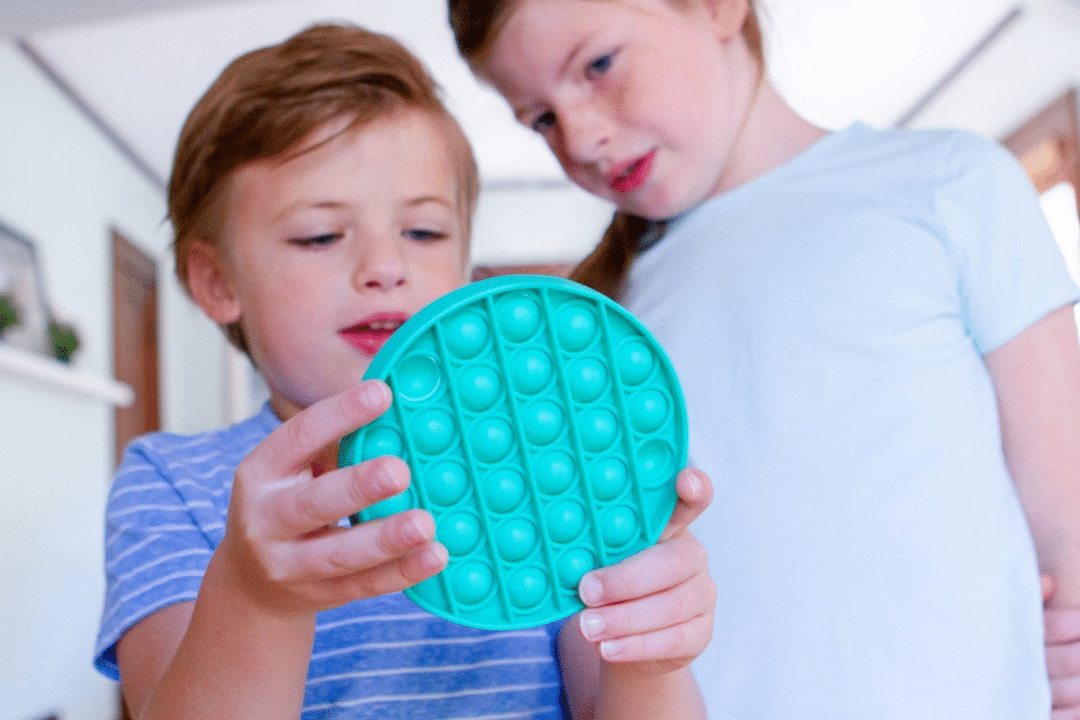
The Silicone Toys for Kids and Adult -Pop-it
The Silicone Toys for Kids and Adult -Pop-it What is Pop-It silicone toy? Pop-It is a molded silicone toy that mimics the feeling of squeezing and has become a popular toy in elementary schools across the United States in recent years. The toy’s simple design allows users to experience the sensation of bouncing back by
-
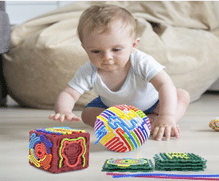
The safety and cleaning methods of silicone baby toys
The safety and cleaning methods of silicone baby toys As a professional who has been deeply involved in the field of silicone materials for many years, I am well aware of the importance of safety and cleanliness of infant and toddler products. Due to its unique diversity, silicone baby toys have become an ideal choice
-
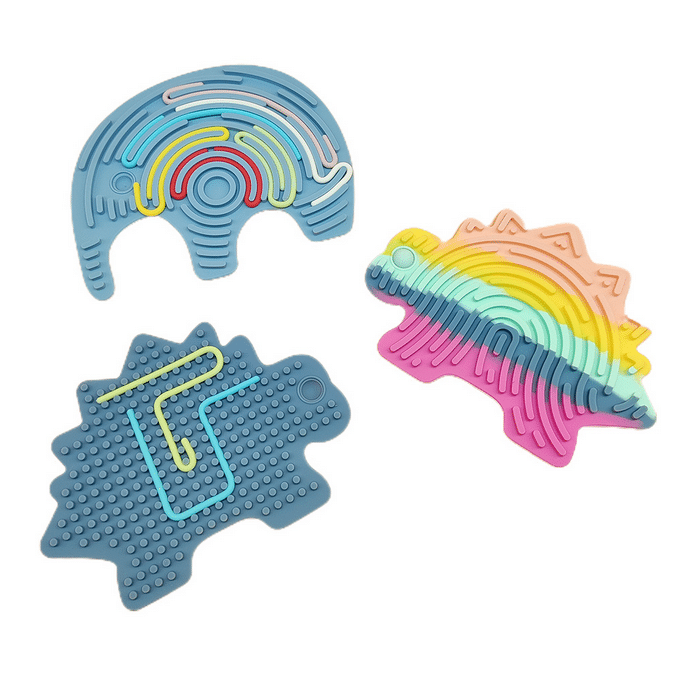
The diversity of silicone toys Stimulating babies’ desire for exploration
The diversity of silicone toys Stimulating babies’ desire for exploration As a professional with many years of experience in the field of silicone materials, I have witnessed how silicone materials have reshaped the landscape of maternal and infant products with their unparalleled safety and functionality. During the critical period of a baby’s growth, appropriate sensory
-
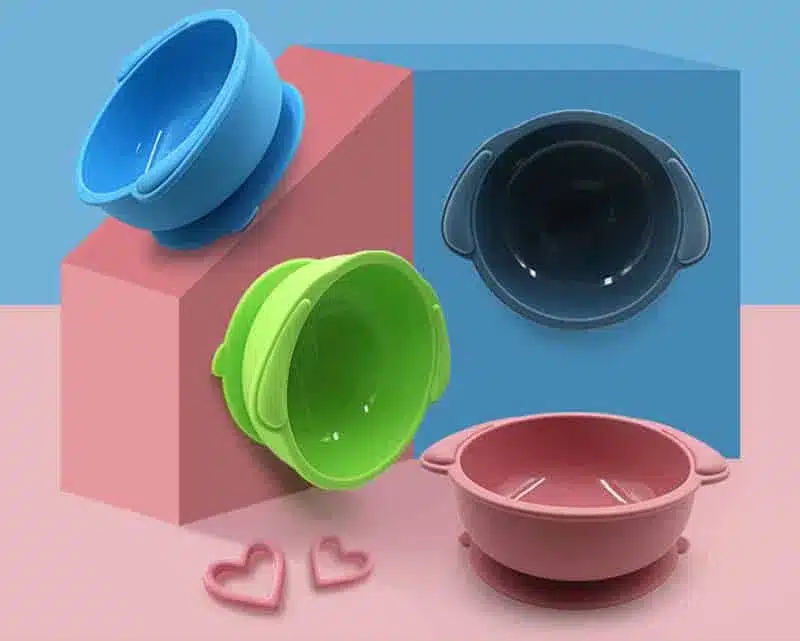
The baby’s first set of tableware- silicone bowl and silicone spoon set
The baby’s first set of tableware- silicone bowl and silicone spoon set As a professional who has been deeply engaged in the field of silicone materials for many years, I have witnessed how silicone materials have reshaped the landscape of maternal and infant products with their unparalleled safety and functionality. As a “parent”, I have
-
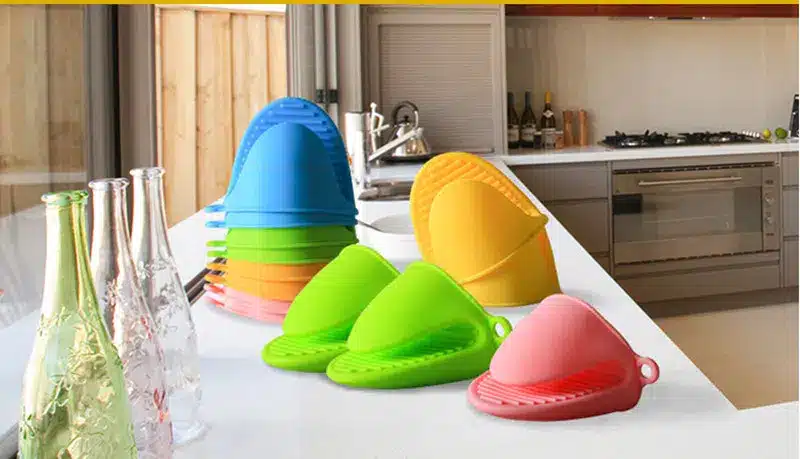
Silicone vs. Plastic Why are silicone baby products more recommended
Silicone vs. Plastic Why are silicone baby products more recommended As a professional with many years of experience in the silicone material field, I’ve witnessed how silicone, with its unparalleled safety and functionality, has reshaped the landscape of maternal and infant products. In this age of information overload, the sheer variety of baby products available

